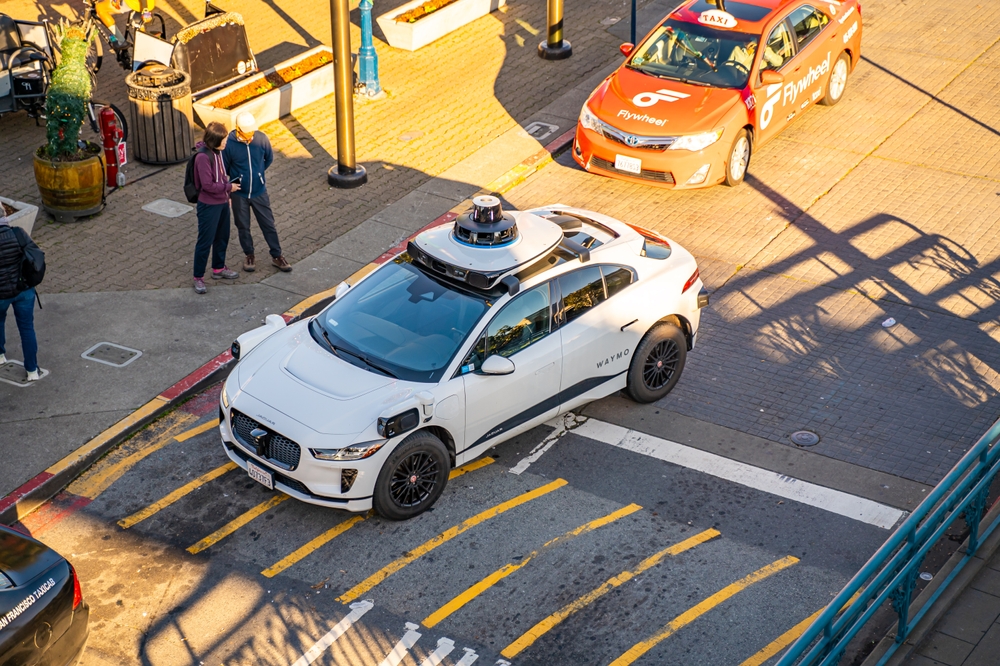
Chinese self-driving company Pony AI (PONY stock) dropped nearly 11% on Tuesday following a disappointing Q4 and full-year 2024 earnings report.
The company’s total revenue in the fourth quarter was $35.5 million, representing a decrease of 29.8% from $50.6 million in Q4 of 2023.
Its robotaxi services revenue also dipped 61.9% year-over year (Y/Y) to $2.6 million in the fourth quarter.
However, its revenue from robotruck services came in at $20 million in Q4, a 72.7% increase over $7.5 million in the fourth quarter of 2023.
Pony AI also reported an adjusted earnings per share (EPS) loss of 31 cents in Q4, compared to 20 cents in the prior year’s quarter.
Its revenue for the full year came in at $75 million, representing a 4.3% increase over $71.9 million in 2023. It had an EPS loss of $2.40 in 2024, compared to $1.40 the previous year.
Four-year plan to become profitable
Pony AI highlighted its expanding operations in its earnings report, noting the launch this month of the first-ever paid robotaxi service at a major railway hub in urban Beijing.
This service connects Beijing South Railway Station and Yizhuang, the southeast suburb of Beijing.
Pony AI had been one of the first companies given approval to test autonomous vehicles on highways in Beijing.
It can now offer autonomous ride-hailing services that connect key transport hubs such as Beijing South Railway Station, Beijing Daxing Airport, and Yizhuang Railway Station.
“Our robotaxi-first, China-first, and tier-one cities-first approach has positioned us at the forefront of the race towards large-scale commercialization,” Pony AI CEO and co-founder Dr. James Peng said in a statement.
“The strategic partnerships with OEMs we have developed, also empowers us to rapidly scale production of our seventh-generation robotaxi.”
Meanwhile, Pony AI CTO and co-founder Tiancheng Lou noted that the company’s “robotaxi safety record has improved by 16 times and has driven insurance policy prices down to roughly 50% that of human-driven taxis – all these are clear indicators of safety and reliability in our technology.”
Peng told The Wall Street Journal earlier this month that Pony AI is aiming to become profitable by 2029.
He said the company is looking to launch 1,000 additional robotaxis this year, with more than 10,000 planned over the next three years.
Peng noted that Pony AI currently has 300 robotaxis in Beijing, Shanghai, Shenzhen and Guangzhou.
“Our next goal is not to view robotaxi as a trial, or an experience, but a change in the ways we travel,” Peng told The Wall Street Journal.
Pony AI joined Nasdaq in November, raising roughly $452 million through its initial public offering and a private placement. Shares of PONY are down 20.4% year-to-date.
Your email address will not be published. Required fields are markedmarked